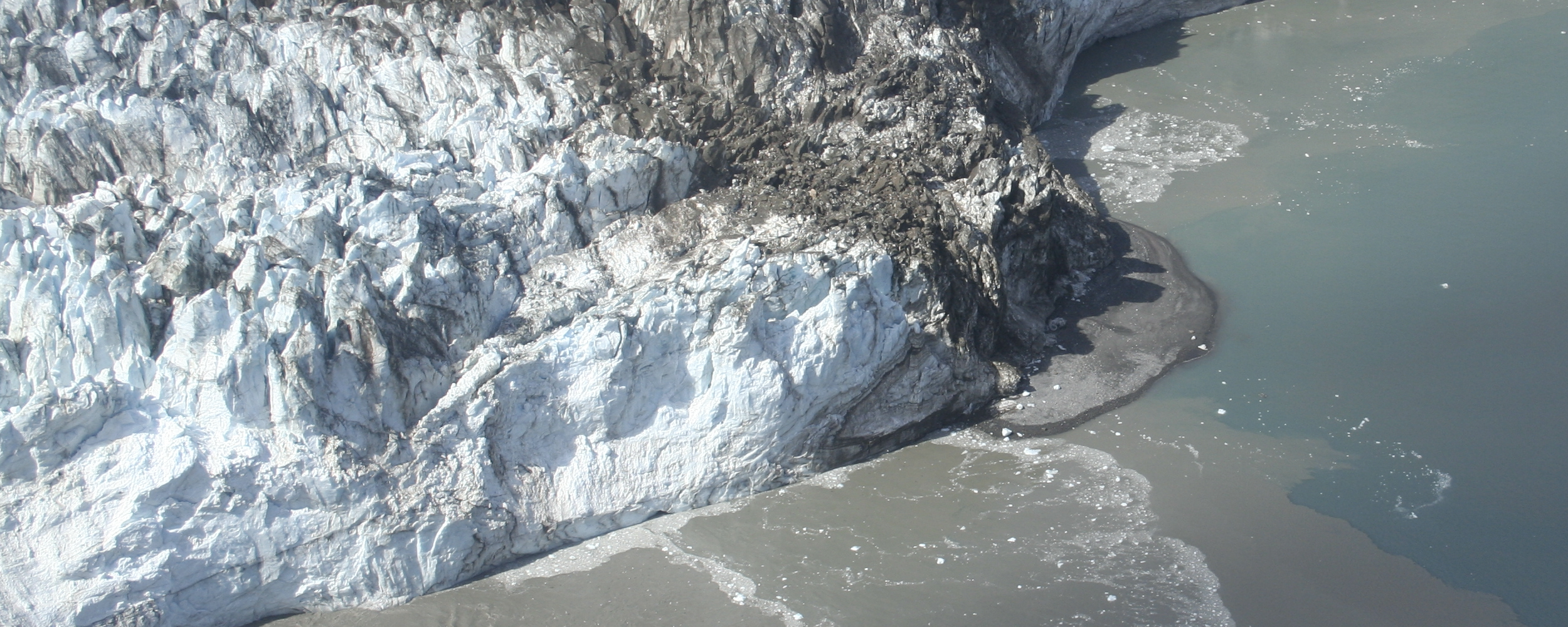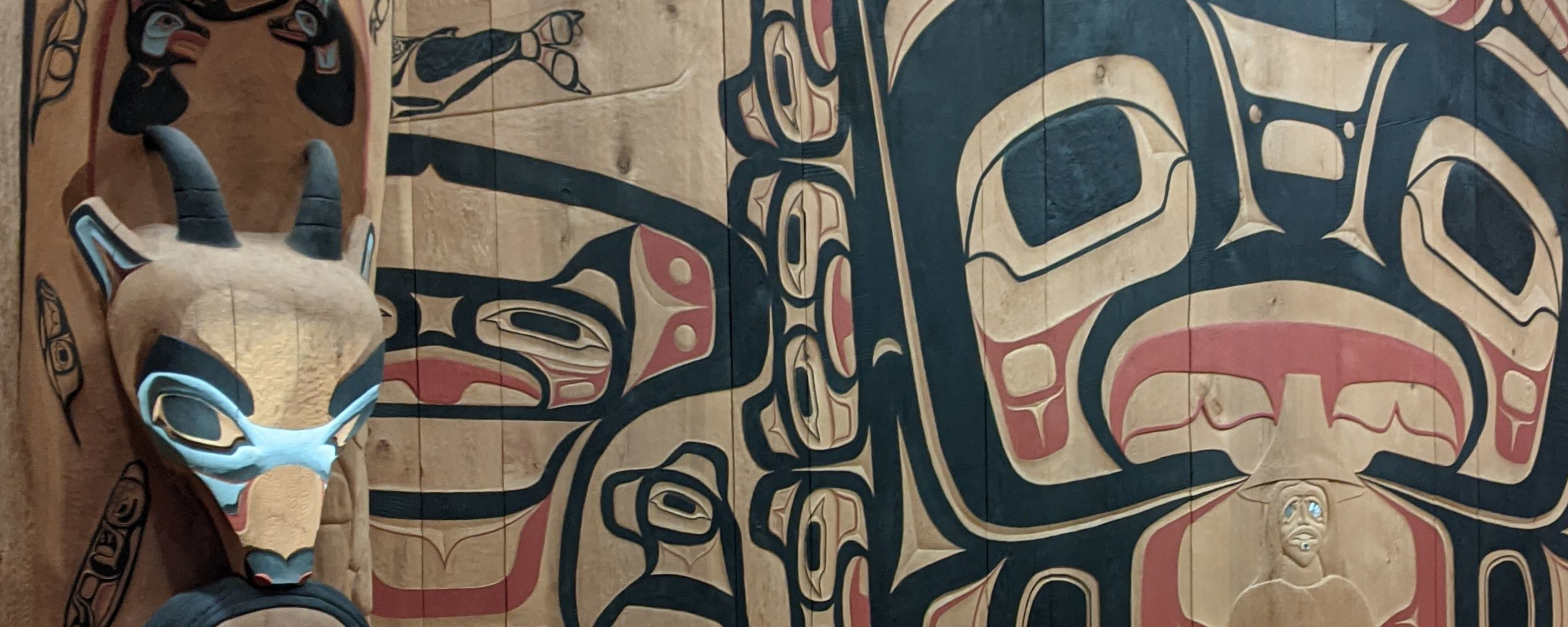Theme: Maritime glaciers

Terminus of Johns Hopkins Glacier, Glacier Bay National Park.
Glaciers in most parts of the world are located well above treeline. However, in maritime climates it’s possible to stand on a glacier and look up at forested valley slopes. Maritime glaciers exist not because of especially cold temperatures, but because of high snow accumulation rates. In places like Southeast Alaska, snow accumulation rates often exceed 5 m per year at high elevations, melting can occur year round and can exceed 10 m per year at low elevations, and persistent rainfall is a significant component of glacier runoff. Temperate ice and wet snow are also characteristics of maritime glaciers. Due to their high mass turnover maritime glaciers respond quickly to climate change, and surging glaciers in maritime climates have shorter surge cycles than surging glaciers found elsewhere. A small percentage of maritime glaciers terminate in water, but these glaciers have outsized impacts on sea level rise due to their large size and susceptibility to rapid change.
The glacier-to-ocean distance is generally small for maritime glaciers, and as a result these glaciers constitute a large portion of their respective watersheds, with important consequences for stream temperature and chemistry and adjacent ecosystems. The short glacier-to-ocean distance also means that glacier runoff in these environments strongly affects the physical and chemical oceanography of near-shore waters, which serves as important habitat for fish, such as salmon, marine mammals, and sea birds. Glacier transition into or out of marine systems has profound impacts on fjord circulation, water properties, and ecosystem evolution. Deglaciation of these landscapes also increases the risk of landslides and landslide-generated tsunamis. The rich marine habitat provided in part by glaciers has sustained humans for centuries, and the peoples living along these coastal waters have important stories and legends related to glacier change. Glaciers continue to be an important component of maritime societies, although today the focus is shifting toward ecotourism.
Key focus areas of this symposium include:
- Instruments and methods for observing high-accumulation, high-melt glaciers
- Glacier hydrology and wet firn
- Glacier runoff and sediment and nutrient export
- Tidewater and lake-calving glaciers
- Glacier-ocean-sediment interactions
- Surging glaciers
- Hazards associated with landscape change: outburst floods, landslides, and tsunamis
- Impacts on terrestrial and marine ecosystems
- Social and indigenous perspectives

Interior of Xunaa Shuká Hít - The Huna Tribal House at Glacier Bay National Park.